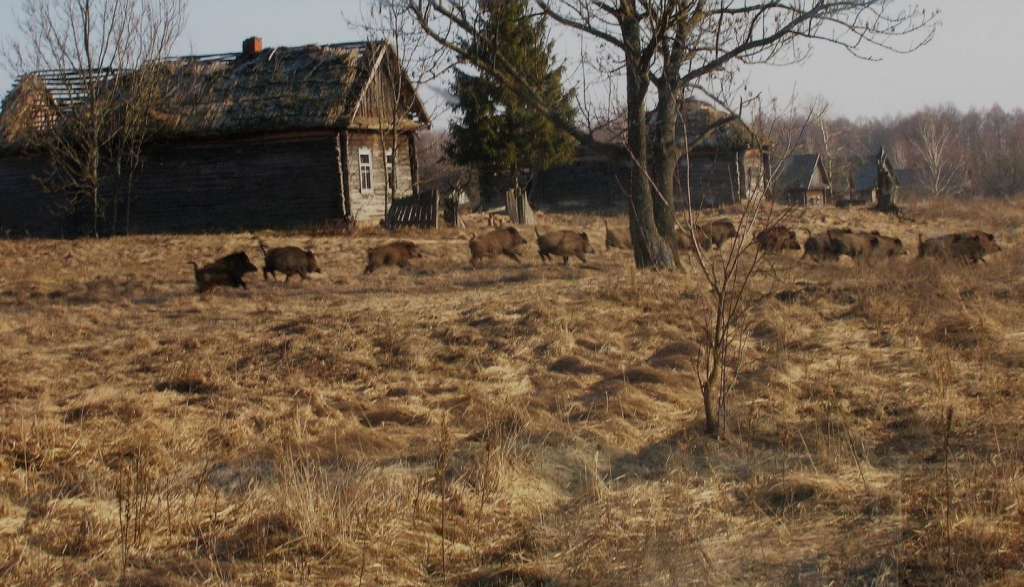-
Tips for becoming a good boxer - November 6, 2020
-
7 expert tips for making your hens night a memorable one - November 6, 2020
-
5 reasons to host your Christmas party on a cruise boat - November 6, 2020
-
What to do when you’re charged with a crime - November 6, 2020
-
Should you get one or multiple dogs? Here’s all you need to know - November 3, 2020
-
A Guide: How to Build Your Very Own Magic Mirror - February 14, 2019
-
Our Top Inspirational Baseball Stars - November 24, 2018
-
Five Tech Tools That Will Help You Turn Your Blog into a Business - November 24, 2018
-
How to Indulge on Vacation without Expanding Your Waist - November 9, 2018
-
5 Strategies for Businesses to Appeal to Today’s Increasingly Mobile-Crazed Customers - November 9, 2018
Animals flourish at Chernobyl site
This is according to a long-term census of mammals in the area, which researchers say has shown that wildlife numbers are likely to be “much higher than they were before the accident”.
Advertisement
The Chernobyl disaster in April 1986 occurred when a fire and explosion at the nuclear power plant released huge quantities of radioactive particles into the atmosphere.
Scientists found populations of elk, roe deer, red deer, wild boar, and wolves are thriving in the radioactive disaster zone. They may also hold important lessons for understanding the potential long-term impact of the more recent Fukushima disaster in Japan.
Wild boar in a former village near the Chernobyl Nuclear Power Plant. The number of wolves around Chernobyl is seven times greater than other nature preserves in the study.
But wild animals can’t be told to evacuate, and so researchers long thought that the radiation would result in deleterious consequences for the wildlife in the area.
Earlier reports from the 1,600 square mile Chernobyl Exclusion Zone have shown major radiation effects and pronounced drops in wildlife populations.
That is something that Prof Tim Mousseau from the University of South Carolina, has spent many years trying to unpick in his studies of wildlife – particularly bird populations – in the exclusion zone.
“There is no evidence that the animals of Chernobyl are achieving the levels of population growth that are frequently seen in other regions where they are protected from predation or hunting”, he added.
“These results demonstrate for the first time that, regardless of potential radiation effects on individual animals, the Chernobyl exclusion zone supports an abundant mammal community after almost three decades of chronic radiation exposure”, the researchers write in their study published in the journal Current Biology.
This included helicopter survey data which showed rising numbers of elk, roe deer and wild boar from one to 10 years after the accident. The number of these animals “in Chernobyl is similar to the populations in uncontaminated nature reserves”, Smith said.
The study’s lead author, Tatiana Deryabina, a wildlife ecologist at Polessye State Radioecological Reserve in Belarus, has been “working, studying and taking photos of the wonderful wildlife in the Chernobyl area for over 20 years, and I am very pleased our work is reaching an worldwide scientific audience”.
Advertisement
“Our data are a testament to the resiliency of wildlife when freed from direct human pressures such as habitat loss, fragmentation and persecution”, said Beasley, a co-author on the study.




























